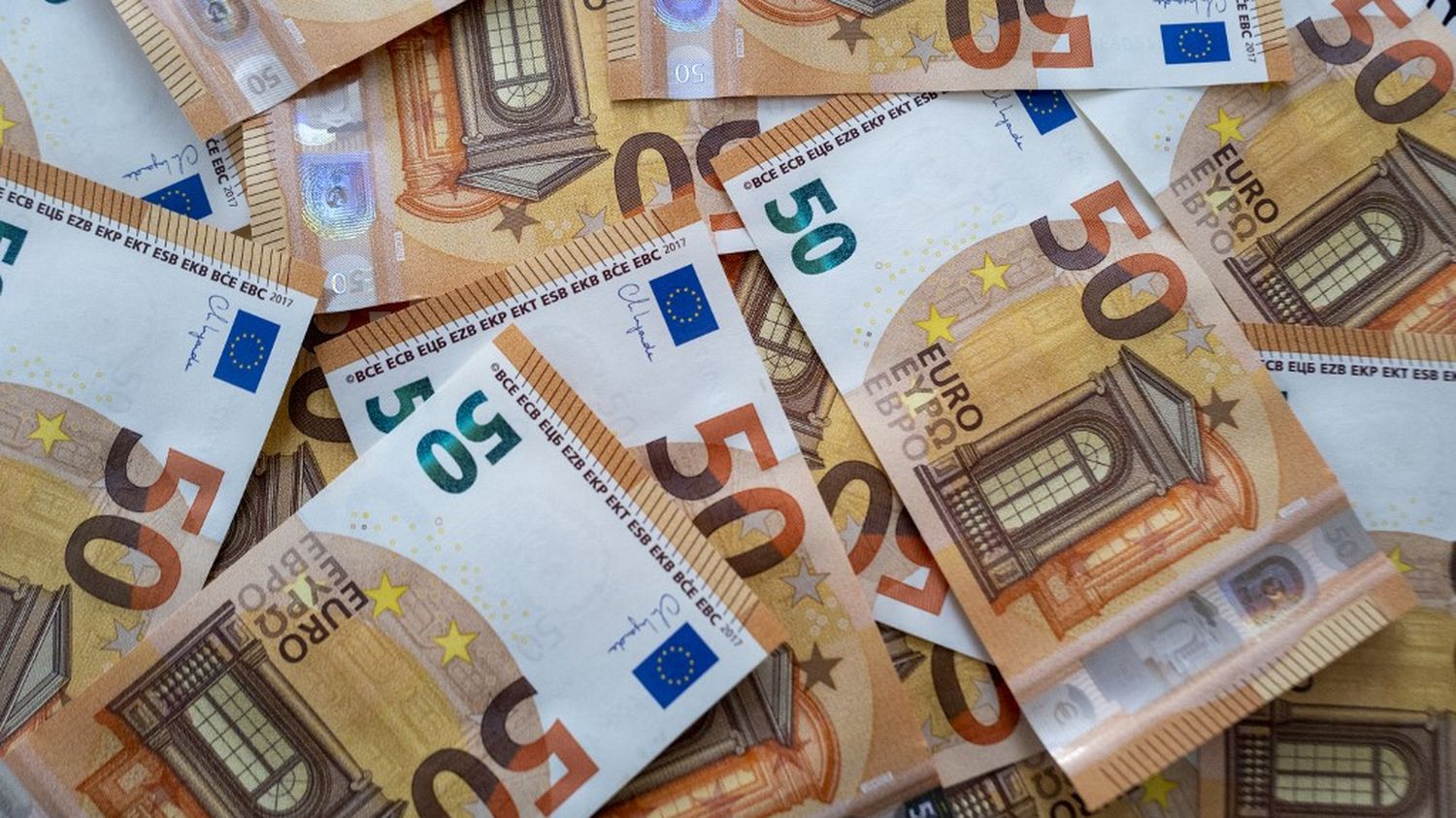European growth is notably slowed by the high interest rates imposed by the European Central Bank to contain inflation, as well as the return of strict budgetary rules.

Published
Reading time: 1 min

The European economy narrowly escaped recession at the end of the year, but it shows meager growth of 0.5% over the whole of 2023, according to figures communicated by Eurostat on Tuesday January 30.
The gross domestic product (GDP) of the euro zone remained stable in the fourth quarter of 2023 compared to the previous quarter, after a decline of 0.1% between July and September, the European Statistics Institute announced in a press release. A figure higher than the forecasts of certain analysts who expected an entry into recession, defined by two consecutive quarters of decline in GDP.
Europe pales in comparison to the United States, whose GDP grew at 2.5% in 2023. It suffers from high interest rates imposed by the European Central Bank (ECB) to calm record inflation, and by the return to stricter budgetary rules to reduce public deficits. The contraction in credit is weighing on investment and consumption by businesses and households, while exports are suffering from the slowdown in global demand.
No improvement before the second half of 2024
Within the bloc, certain countries fared better, such as Spain, driven by tourism (+ 2.5% of GDP), and France (+ 0.9% of GDP). Conversely, Germany, the continent’s largest economy, suffered a decline of 0.3%, weighed down by the crisis in the industrial sector which is suffering from energy costs and weak exports.
The rise in consumer prices slowed to 2.9% year-on-year in December in the euro zone, far from the peak of 10.6% reached in October 2022. “Real wage growth is slowly starting to recover, which should put more money in consumers’ pockets”, underlines Bert Colijn, economist for the ING bank. But the thinning should only appear in the second half of the year.
